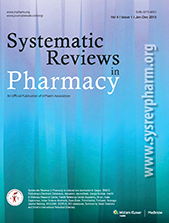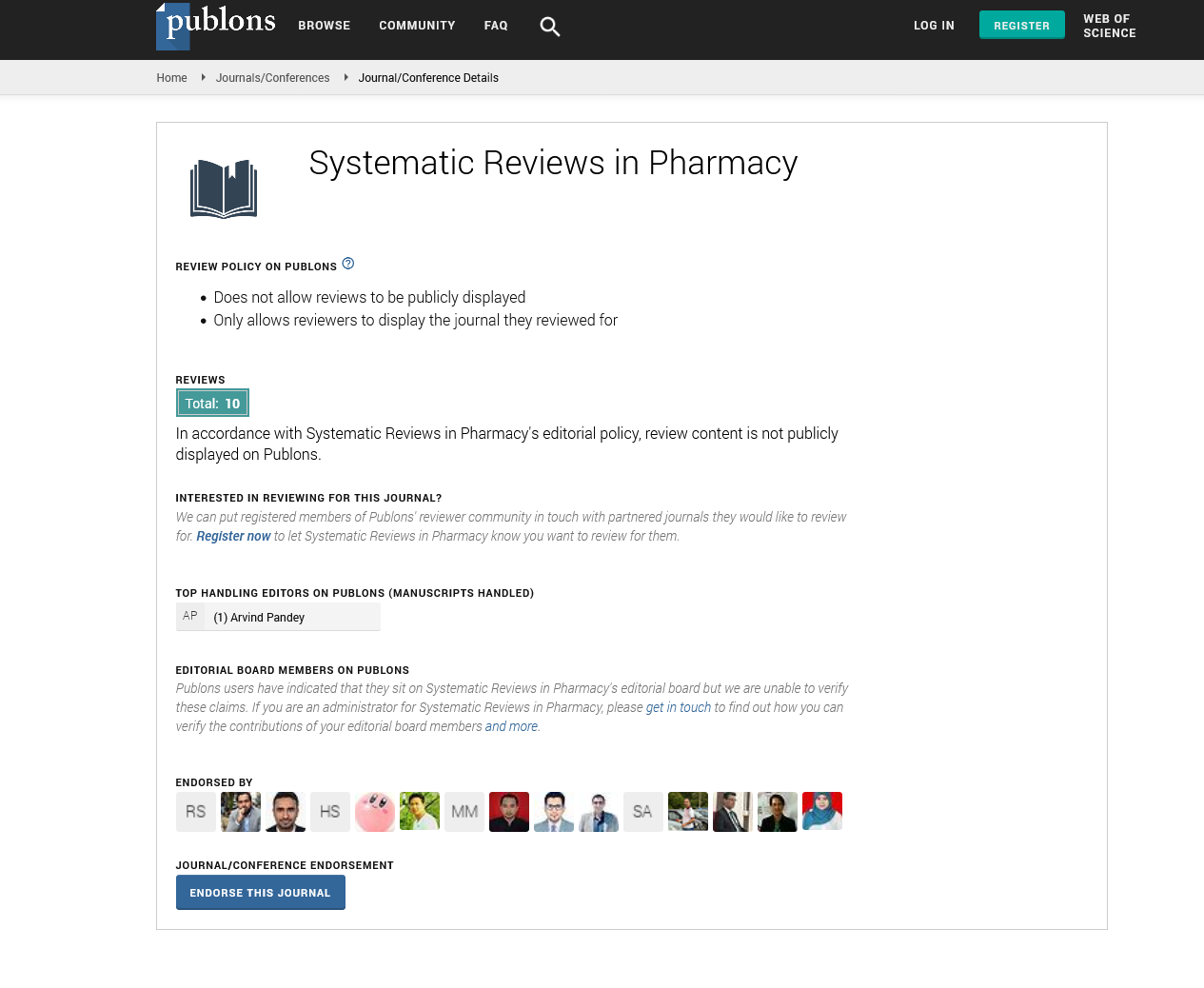Cold-Plasma Posterior Arytenoidochordectomy for Chronic Paralytic Laryngostenosis
Abstract
Valerij Svistushkin, Svetlana Starostina, Alexey Toldanov, Liliya Selezneva
The objective of the research was to study the effect of cold-plasma posterior arytenoidochordectomy in patients with chronic paralytic laryngeal stenosis. All the patients had previously undergone strumectomy followed by tracheostomy. During the research, they underwent a video laryngostroboscopic examination of the laryn and all resulted to have 2-3 mm lumen of the glottis in the posterior third. The patients were subject to the cold-plasma posterior arytenoidochordectomy. They gave their consent to be involved into the research before any procedures were applied. The majority of the patients underwent unilateral cold-plasma posterior arytenoidochordectomy. The rest underwent bilateral cold-plasma posterior arytenoidochordectomy due to the formation of granuloma and insufficient effect of the first intervention and unilateral cold-plasma posterior arytenoidochordectomy with subsequent dissection of the scar. All patients were successfully decanulated. In the long-term postoperative perio, the patients achieved the compensation of vocal function due to long-term orthophonic training and the development of a vestibuloscapular phonation mechanism. The cold-plasma posterior arytenoidochordectomy is an effective, safe, and minimally invasive surgery for the treatment of patients with paralytic laryngeal stenosis. The method is an effective substitute for a CO2 laser and prevents gross, severe complications. It can be used in clinics as an alternative option for surgical treatment of patients with chronic paralytic stenosis of the larynx.
The median incomes for both groups were higher than the median income of Pahang state (RM 3979). The parental educational level showed 20:80 and 13:87 in percentage ratio of secondary to tertiary level for ART and NC group respectively. Regarding dental development, both ART and NC groups exhibits similar dental development rate (p>0.05) according to the age. Our study concluded that there is no significant difference in dental development between ART and NC children.






